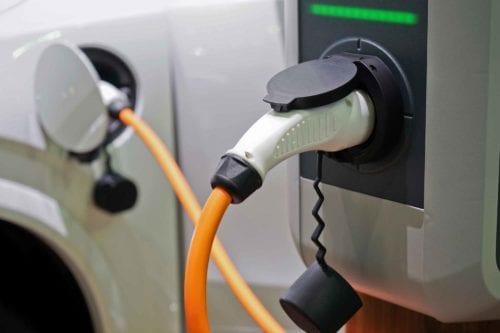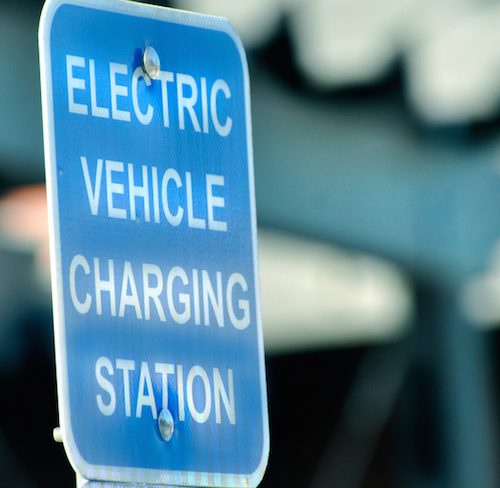
The Hidden Costs of EV Charging Infrastructure
If you had to guess where the best opportunities are to reduce the cost of EV charging infrastructure, what would you say? The charging station hardware, perhaps? Or maybe installation techniques, like “future-proofing” by installing larger conduit and other elements of the “make-ready” infrastructure that supplies power to the charging stations? Or maybe unbundling contracts for network access fees and cellular data plans from hardware procurement?
Would you believe it’s probably none of the above?
That was the surprising core finding of our latest report, Reducing EV Charging Infrastructure Costs.
When we began this research project, we expected to find that procuring standardized components in a smarter way, buying them in bulk, and unbundling turnkey packages would be the key recommendations.
But after conducting two dozen original interviews (under nondisclosure agreements) with utilities, hardware providers, software providers, operators of charging networks, transit agencies, states, laboratories, contractors, and consultancies, as well as reviewing the literature and publicly available information on utility procurements, we learned that the biggest and most costly issues were in another area entirely.
The Soft Costs
We found that the EV charging industry needs to do what the solar industry did starting about a decade ago: streamline and de-bottleneck installation. Just as with the solar industry, “soft costs” such as permitting delays, complex utility interconnection processes, compliance with a balkanized framework of regulations, re-engineering projects because they were based on incorrect information, and so on were frequently cited as more significant cost drivers than charging station hardware in the United States. We strongly suspect that these soft costs are a major reason why installation costs are a much larger share of the cost of installing EV chargers in the United States than they are in Europe.
For example, merely locating a site with sufficient grid capacity can take months due to poor information and communication with utilities. Some charging site owners have reported that the process of obtaining an easement for a charging station site in California can take up to 234 business days, incurring additional costs for construction delays. An average of 2.41 revisions of building permits have been reported for charging sites in California, adding engineering costs that should be avoidable.
The Need for Joint Action
These costs are poorly understood, very hard to quantify, and almost entirely undocumented in the literature. Just as it took the combined and sustained efforts over several years of the US Department of Energy, multiple US national laboratories, and nongovernmental organizations, including RMI, to discover and present comprehensive findings on soft costs and how they can be reduced for solar projects, the authors believe it will take a similar level of effort to understand the soft costs of EV charging infrastructure and how they can be reduced.
Once the problem areas are identified, the efforts of a wide variety of actors, including regulatory agencies, civic officials, the staff of local building and planning departments, utilities, private sector charging network operators, and legislators will be needed to solve them.
If transportation electrification is to proceed, we must ensure that recharging an EV at a public charger is no more expensive than refueling a conventional vehicle. Getting there will require particular attention to the cost of every element involved in charging infrastructure and squeezing out costs wherever possible. Our new report aims to contribute constructively to that effort, and we invite researchers working in the transportation electrification sector to begin exploring the soft costs of charging infrastructure and identifying specific ways that they can be reduced.

